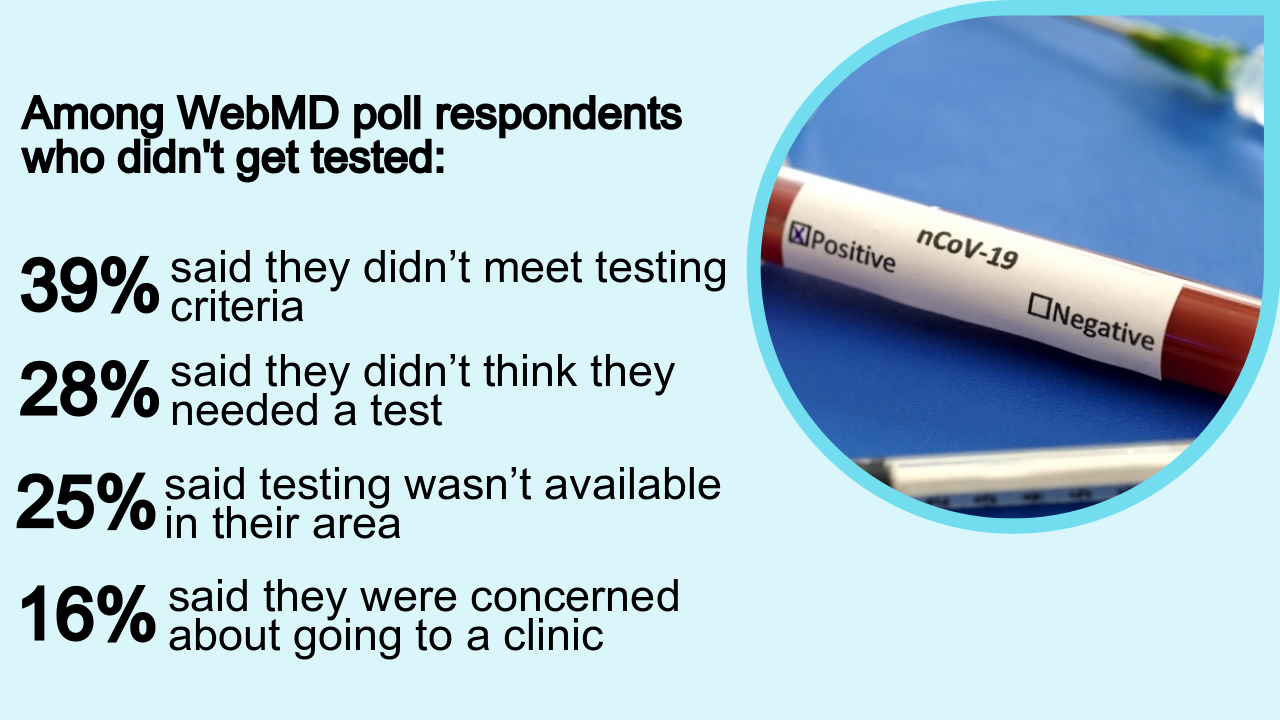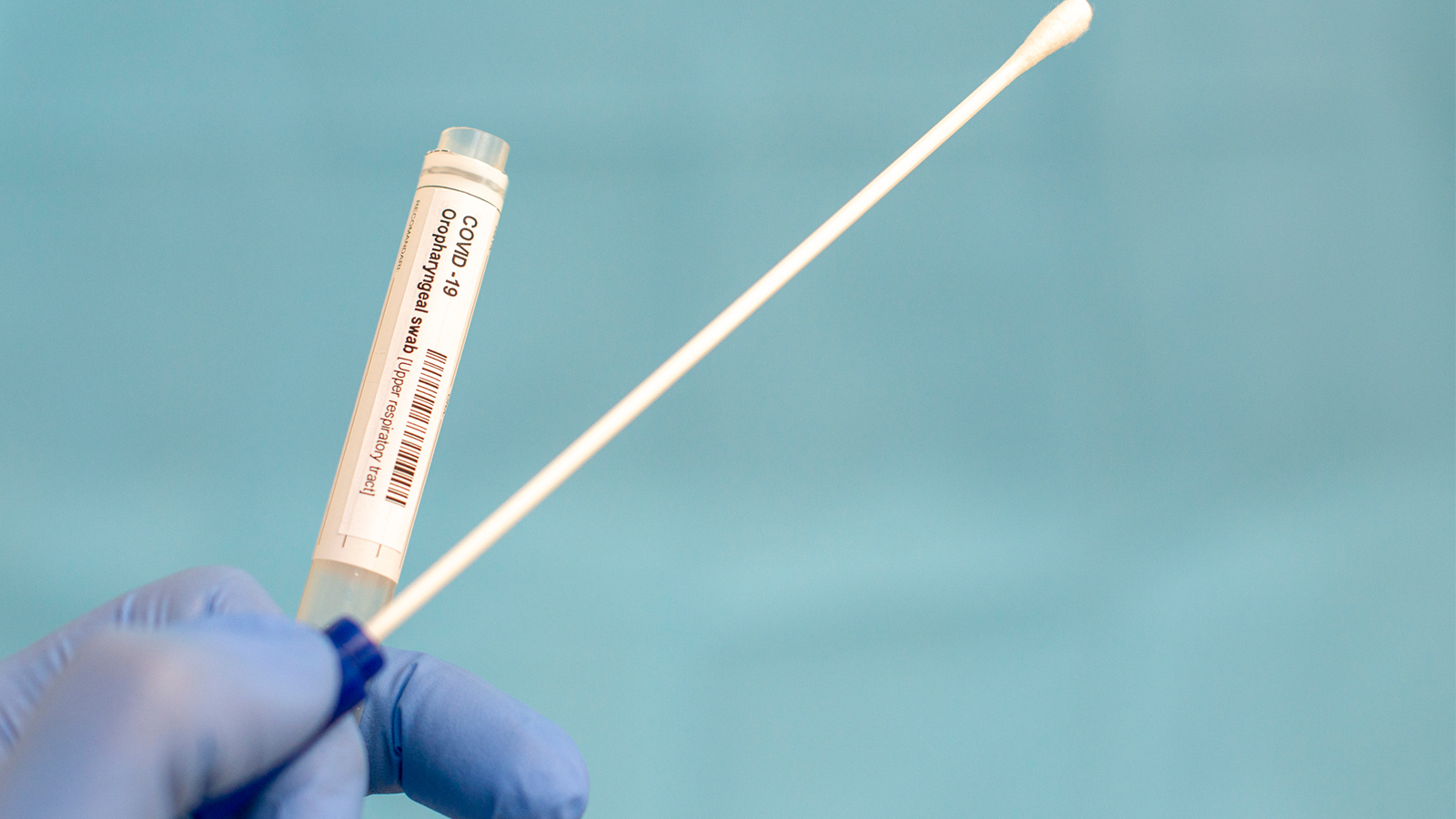According to a new WebMD Coronavirus poll, about 10% of respondents think they may have been infected with COVID-19, but only 7% received a Coronavirus test to find out if they were actually positive. In the overall poll of 6,300+ visitors to the website, 10% of respondents suspected they had COVID-19 in the past 30 days, yet 93% were not able to get tested or did not seek Coronavirus testing.
WebMD believes the findings point to difficulties Americans have had getting tested. Among the respondents who were tested, two-thirds were positive for COVID-19 and one-third tested negative. John Whyte, WebMD’s Chief Medical Officer said of the poll: "The survey demonstrates the need to ramp up diagnostic testing, along with antibody testing, to fully understand the scope of the disease."

The Families First Coronavirus Response Act states that employer-sponsored group health plans, Medicare, Medicaid, CHIP, Tricare and others are required to provide coverage for COVID-19 testing to all enrolled persons, with no copay. Treatment costs aren’t covered, so we’d recommend looking at the best health insurance companies if you don’t have coverage.
The majority of respondents said that they had experienced the most common COVID-19 symptoms, including coughing and fatigue. Other symptoms reported included shortness of breath, fever, diarrhoea and a sore throat. In terms of the severity of symptoms:
- 62% said their symptoms were mild
- 33% said their symptoms were moderate
- 5% said their symptoms were severe
According to the CDC, older adults and people with severe underlying medical conditions like diabetes or heart or lung disease seem to be at a higher risk for developing more serious complications from COVID-19, with some states considered most at-risk from Coronavirus compared to others.

New Coronavirus symptoms added to CDC's list:
While a dry cough and fever have been the most officially recognized symptoms of the new Coronavirus, the CDC has added six new symptoms to its list of possible signs of COVID-19 infection. These are:
- Chills
- Repeated shaking with chills
- Muscle pain
- Headache
- Sore throat
- New loss of taste or sense of smell
They now join the existing list of symptoms, which are a cough, shortness of breath or difficulty breathing, and fever. According to CDC advice on fever in adults, a fever is considered to be a temperature of 100.4°F (38°C) or above. The American Academy of Pediatrics's fever and your baby advice states that a normal temperature reading in babies is a rectal reading of 100.4 degrees Fahrenheit (38°C) or less, or an oral reading of 99 degrees Fahrenheit (37.2°C) or less. In order to accurately take your body temperature reading, we recommend buying one of the best digital thermometers for babies and adults.
The World Health Organization says that any of the COVID-19 symptoms could appear between 2-14 days after exposure. “Some patients may have aches and pains, nasal congestion, sore throat or diarrhea,” reads official WHO advice. “These symptoms are usually mild and begin gradually. Some people become infected but only have very mild symptoms.”
It’s also important to remember that not all infected people develop all of these symptoms, and some might not show any symptoms at all, leading experts to believe there is a degree of asymptomatic transmission at play in the spread of the virus.

